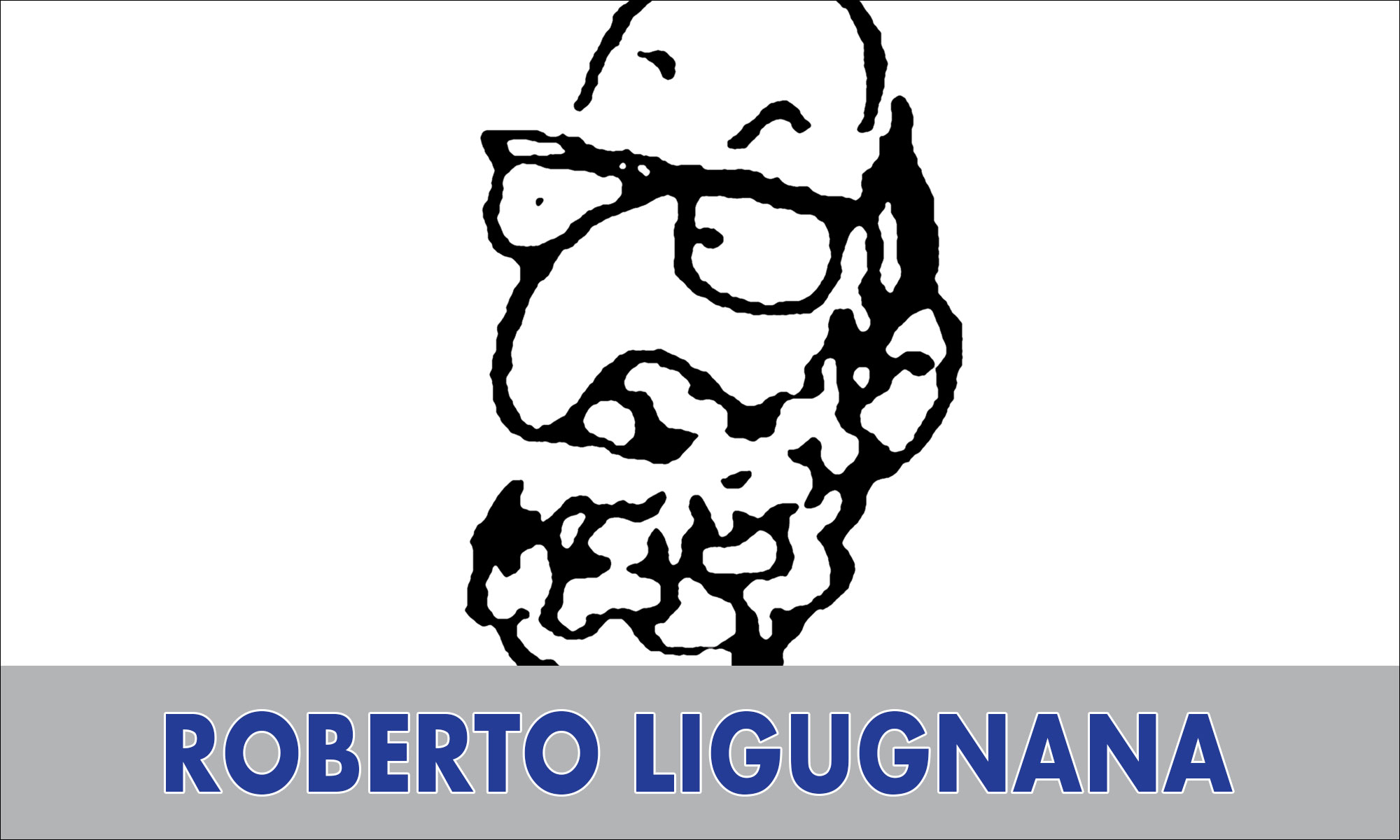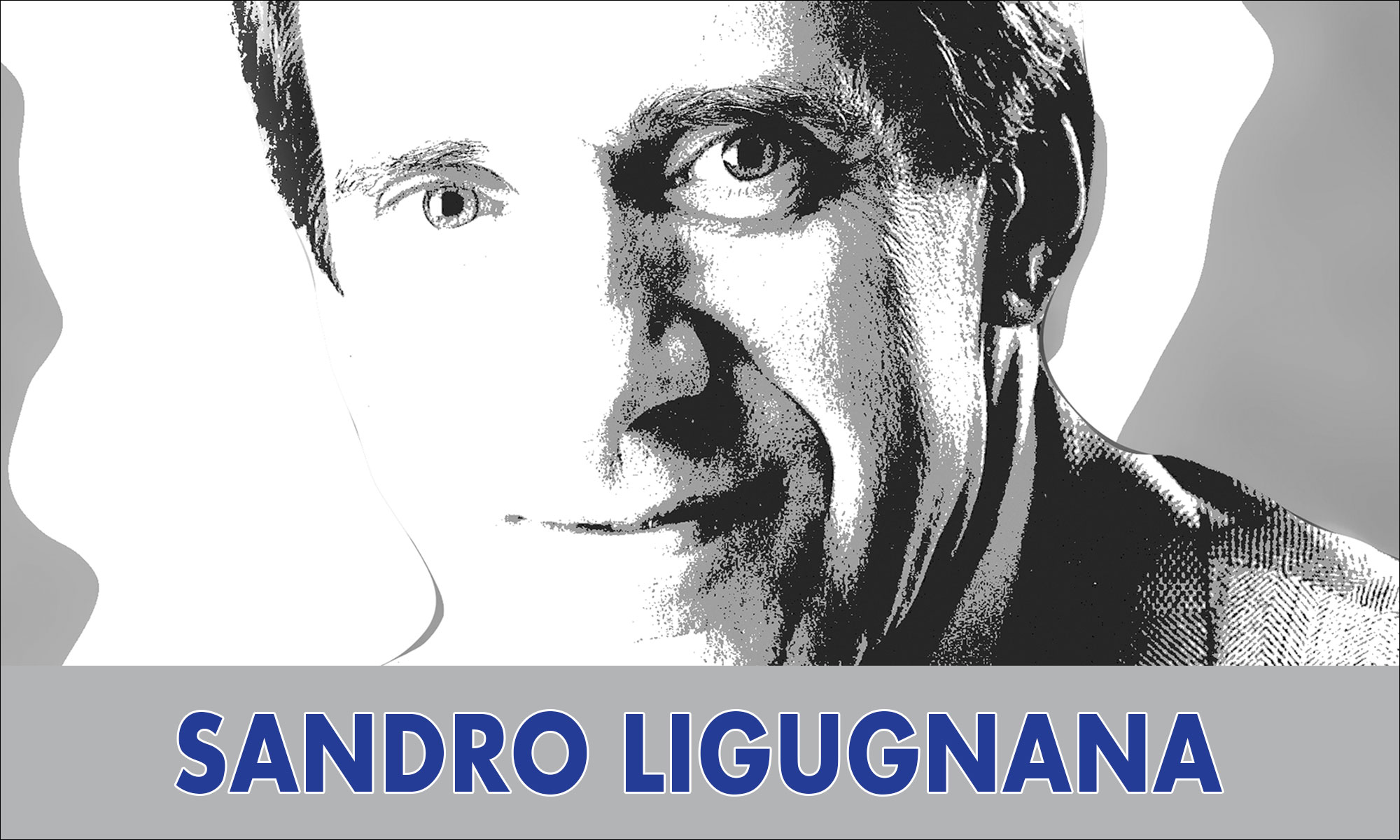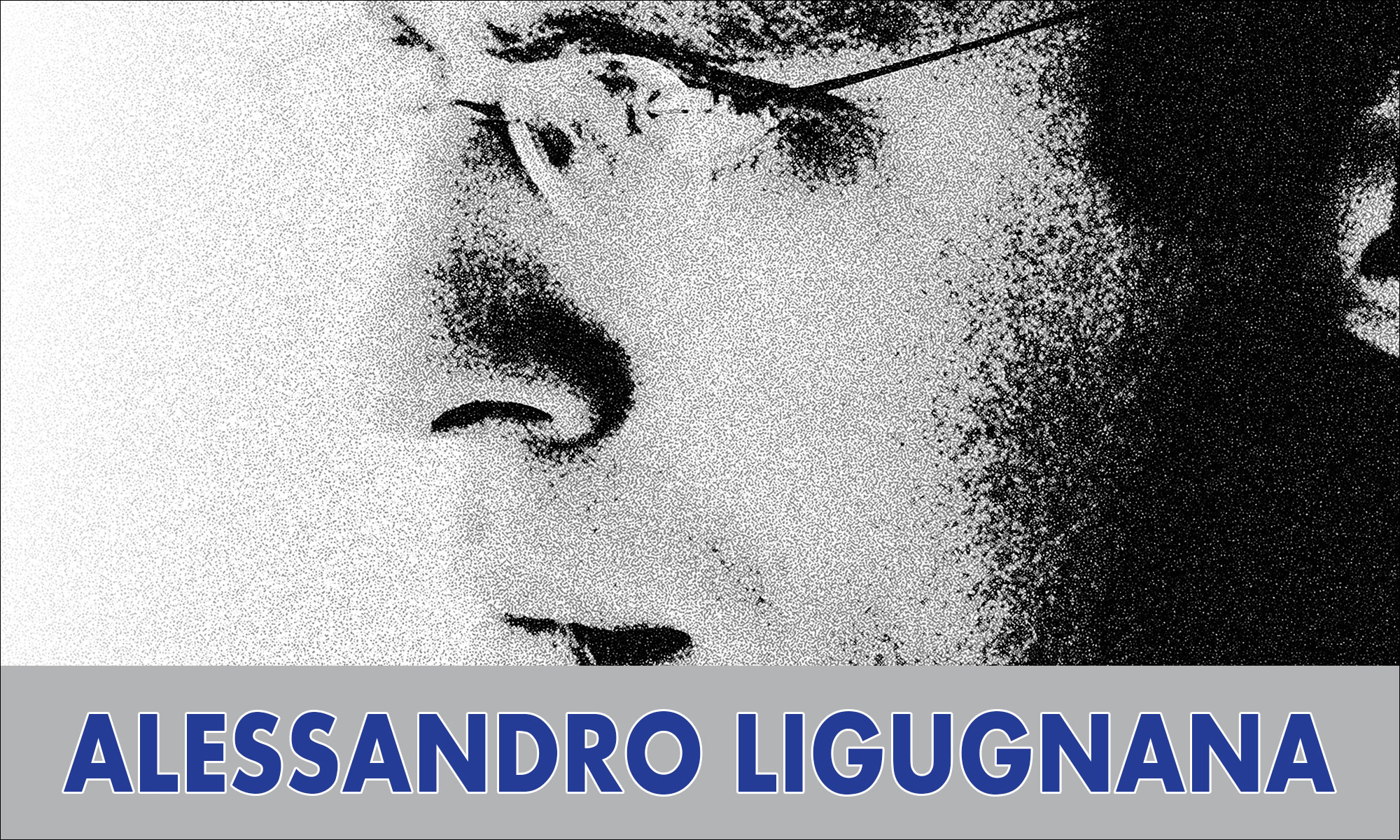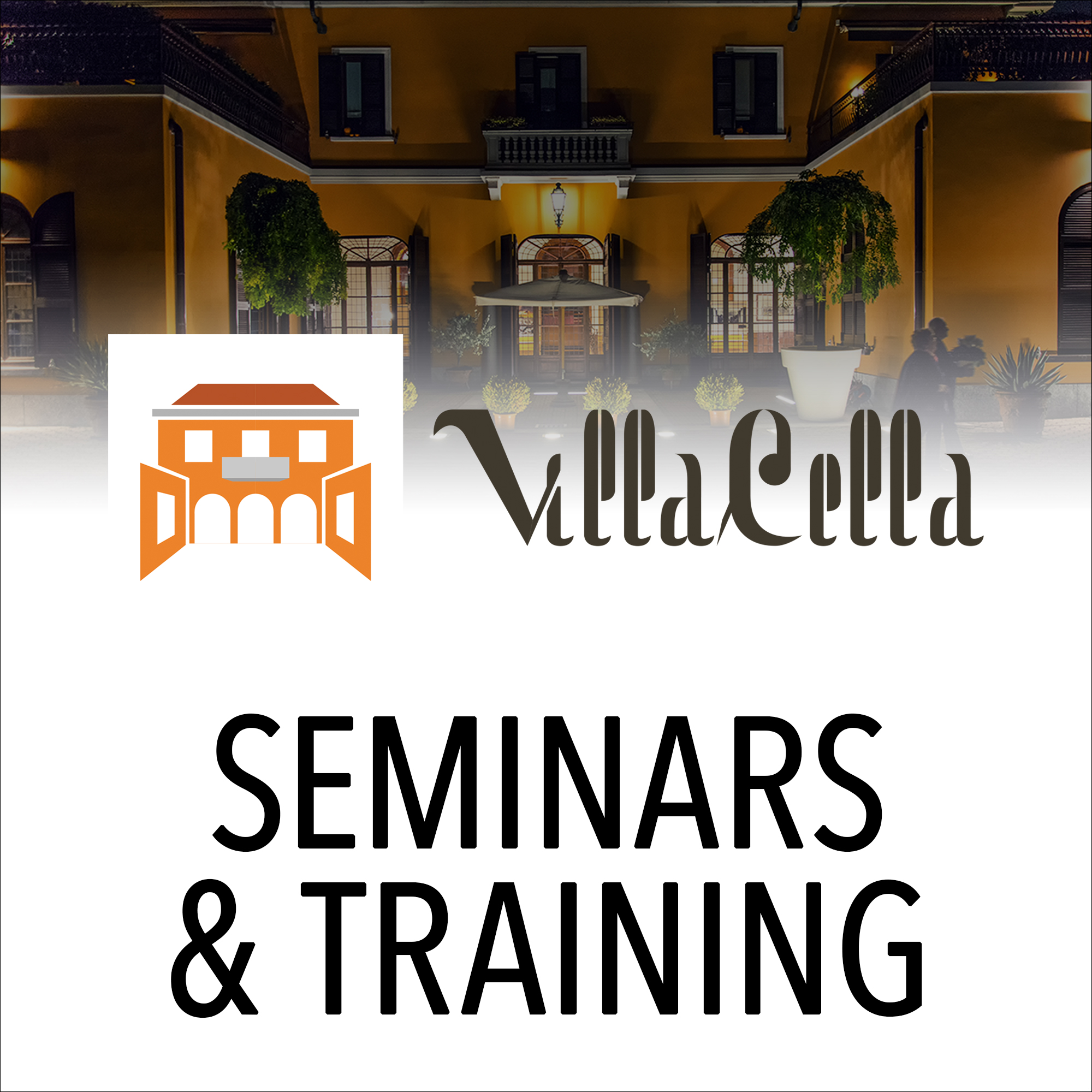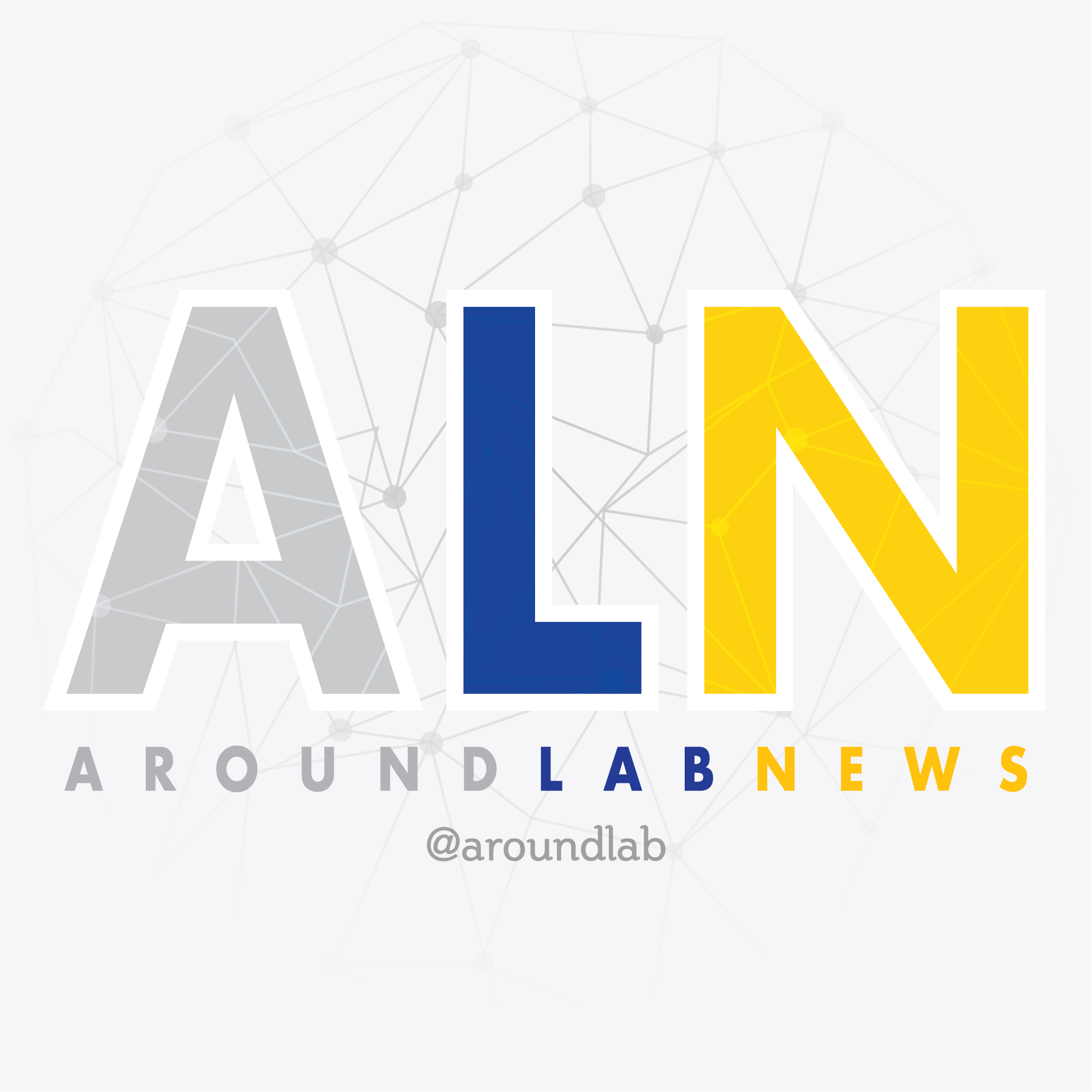Laboratoy Medicine Glossary
A
Adenine
Organic purine base, element of nucleotides Amino acid sequence
Amino acids
Organic compounds which feature both an amino group and a carboxyl group as the characteristic feature. The 20 “natural” amino acids are joined to the ribosomes of a cell in accordance with the DNA code and form the proteins.
Antibody
The body’s own immune System proteins for fighting exogenous antigens
Anticodon
Base triplet of tRNA. It serves to translate the genetic code to the ribosomes and reads the mRNA
Antigen
Foreign protein, which, once it enters the body, causes the formation of antibodies
Array
Regular two-dimensional arrangement of measuring points on a sensor. In detail: matrices made of biological material, such as DNA or proteins, which is applied in ordered patterns of high density and with equal spacings to a firm substrate. Arrays are used for efficient (parallel) investigation of a high number of biological samples.
Assay
Test system comprising targets and chemical substances evaluated by a measuring facility
Autologous
Endogenic or produced within the body
B
Bacteria
Unicellular microorganisms without nucleus. They are propagated by simple cell division. 3 basic forms: rod-shaped bacilli, ball-shaped bacilli (cocci) and curved rod-shaped bacilli (spirilla). Bacteria may be desirable (e.g. enteric bacteria or intestinal flora) or undesirable (e.g. salmonella). They are very well-suited to biotechnological production processes since they can be propagated quickly in inexpensive nutrient solutions.
Base pair
The two bases, adenine and thymine, and the two bases, cytosine and guanine; each form pairs in a DNA double strand, which are held together by weak bonds. The sum of these bonds is responsible for the coherence of the two DNA strands.
Bases
The conventional designation for the basic elements of nucleotides, the subunits of DNA and RNA. The genetic information is coded by the four DNA bases adenine (A), cytosine (C), thymine (T) and guanine (G) (see structure of DNA).
Biocontainment
See Containment
Bioreactor
A system in which microbial conversion processes of organic substances occur under controlled conditions and can be measured
Biosensors
Devices for measuring physical and chemical vital processes on and in organisms. Today, the term means a set-up in which a biological component (e.g. an enzyme, an antibody or a microorganism) is linked directly to a signal transducer (e.g. an electrode, optical fiber, piezo-crystal or transistor).
Biotechnology
Use or utilization of living organisms or their elements to produce, modify or break down substances for services (diagnostics/analytics) or to change organisms. The term “modern biotechnology” is used for innovative methods, processes or products which include the essential utilization of living organisms or their cellular constituents.
C
cDNA
(= Complementary DNA) Single or double-strand DNA copy of an RNA
Cell
The basic unit of every organism containing genetic material, an energy-producing system and other components
Cell culture
Cultivation and propagation of cells in liquid culture media or on solid culture media, in specific vessels or systems
Cell cycle
The cycle of growth, DNA doubling, growth and cell division in the case of eukaryotes
Cell suspension
Single cells in a nutrient solution
Chromatography
A generic term covering the processes of the physical separation of substance mixtures on the basis of their differing distribution between a solid and a liquid phase
Chromosomes
A sub-unit of the genome in higher organisms. It primarily consists of DNA and protein.
Clone
A colony of genetically identical cells. They result from divisions from a single cell.
Cloning
Production of cells or entire organisms with identical genotypes. The original cell originates, for example, from an early embryonic stage. Also: production of cells containing modified genotype (hereditary substance).
Complementary DNA
cDNA, a DNA which is synthesized in a laboratory w. the aid of mRNA matrices
Containment
Prevention of the uncontrolled propagation of transgenic DNA
Codogenic strand
The strand of the double helix which contains the genetic information
Codon
Sequence of three bases (triplet) on the mRNA with information for ribosomes on protein production
Cytokines
A generic term for numerous endogenic substances which are released by immune System cells during the immune response. They are important for repair mechanisms to repair tissue damage and specifically stimulate the growth of cells. Cytokines include interleukines (IL), interferons and the growth factors GM-CSF and G-CSF (see Chapter 7).
Cytoplasm
Content of a cell, with the exception of the cell nucleus, consisting of a fluid medium and numerous cell organelles
Cytosine
Organic pyrimidine base, an element of nucleotides
Cytostatics
Substances which kill off division-active eukaryotic cells, i.e. including human cells. Cytostatics are used to treat various forms of cancer.
D
Diagnostic markers
For marking single cells which can be visualized with corresponding diagnostic methods (such as blue color when subject to UV light)
Differentiation
Higher organisms contain different types of cells that perform specialized functions. The human skin cell in must perform tasks different from those of a liver cell. The process that causes specialized cells to occur is referred to as differentiation. In higher organisms, all cell types are produced by division and differentiation from the fertilized egg cell.
DNA
Deoxyribonucleic acid. The idioplasm of all organisms (apart from viruses). DNA consists of linearly linked nucleotides, the sequence of which forms the hereditary information.
DNA clone
A section of DNA which is inserted into a vector (plasmide) in order to produce several copies.
DNA polymerase
An enzyme which catalyses the synthesis of DNA on the basis of DNA parent material (e.g. in replication). Frequently used for in-vitro synthesis of DNA sections.
DNA replication
The process of reproducing copies of DNA strands
Domain
The smallest unit of a protein with a defined and independently folded structure. Domains consist of 50 -150 amino acids and frequently perform individual reactions whose interaction forms the overall function of a protein.
Double helix
Two DNA strands wound together helically
Dots
Measuring points with coupled bio-molecules on a biochip
E
Electrophoresis
A separating method based on the migration of electrically charged colloid particles (charged electrically as the result of attachment or expulsion of ions) in an electric field. It is primarily used to separate and precipitate off small quantities of substances, e.g. DNAs.
Electroporation
A process for admitting DNA into cells using a brief electrical pulse
Elongation
The middle phase of translation. Further reading of the mRNA.
Enzymes
Proteins which act as an accelerator or promote a reaction in biological or biochemical processes
Exon
Encoding section of the gene, which bears information, which is still present in the spliced mRNA and which has not been previously cut out by enzymes. Exons define the amino acid sequence of proteins.
Expression
Conversion of genetic information into a corresponding protein.
F
Fermentation
A technical process for producing or converting substances with the aid of microorganisms
Flow cytometry
Method of optical particle measurement used to identify and characterize heterogeneous cell populations
Fluorescence microscopy
A process which utilizes the phenomenon of fluorescence to sharply visualize (with high contrast), specifically selected cell constituents contrasted from other components.
Functional genomics
Analysis of the functional interplay of genetic information
G
Gel electrophoresis
A method of separating nucleic acid molecules or proteins embedded in a gel on the basis of their mobility in an electrical field
Gene
The basic unit of the hereditary information. A gene consists of a DNA section which contains the information for synthesis of an RNA. In certain cases, the RNA itself is the end product. Generally however, it serves to transport the genetic information to the ribosomes where proteins are then formed.
Gene expression
Conversion of the genetic information from the DNA via a messenger RNA (mRNA) to a protein
Gene probe
A specifically marked single-strand nucleic acid (DNA, RNA) which can detect a specific gene and thus hybridize owing to its complementarity
Genetic code
The translation code for translation between the information units (codons) of the genes and the amino acid elements of the proteins. Apart from very slight details, the genetic code is identical on all living beings
Genetic engineering
A sub-area of biotechnology. A method which allows genes to be identified, isolated and recombined in a test tube and which allows them to be transfer-red in targeted manner to other organ-isms and produce an action there.
Genetic therapy
An attempt to heal diseases, e.g. by the introduction of intact genes into the “sick” cells. Somatic gene therapy: non-hereditary; germline therapy: hereditary.
Genome
The entirety of all the genes of an organism
Genomics
Genome research: investigation of the genes and their functions
GMP
Good Manufacturing Practices. The basic rules for production and quality inspections. Prerequisite for approval (“registration”) as a medication.
H
Histones
Basic proteins from which the protein complexes of the chromosomes are built
Horizontal gene transfer
Transfer of genetic material to another, non-related species
Host cell
Cells which fungi, bacteria and viruses require in order to live
Hot spots
DNA regions susceptible to gene mutation (e.g. TT)
HPLC
High-Performance Liquid Chromatography: a chromatographic method in which liquid substances (or substances dissolved in a liquid) are transported by means of a solvent (eluent) under high pressure through a separation column, where splitting into individual components occurs at the stationary phase (over the retention times). It is used frequently as a preparation for production of pure substances.
Hybridization
Bonding of a nucleic acid single strand (DNA or RNA) by base pairing to another complementary single strand.
I
Immune System
Humankind’s biological defense system for protecting against the penetration of foreign substances
In silico
Literally: in silicon. Silicon is the material of which computer chips are made. Thus, in silico means: in the computer (bioinformatics).
In vitro
(= in the test tube): outside of the organism
In vivo
In the living organism
Initiation
Starting operation of translation. The ribosome unit bonds with the mRNA.
Insertion
Inserting DNA sections into another DNA molecule
Intron
Section of a gene which interrupts the coded area and which is not translated into protein.
K
Kinases
A special class of enzyme which joins phosphate groups to proteins.
L
LC/MS
Coupling System comprising liquid chromatography and mass spectrometry
Ligand
A natural or synthetic chemical molecule that binds selectively to a protein
Lymphocytes
A specific class of white blood corpuscles which are of importance for the immune System.
M
MALDI
Matrix-Assisted Laser Desorption/ Ionization; a combination of chromatography and mass spectrometry
Marker genes
A gene in plasmids or viruses serving as a marking for detection of the genetically modified object
Messenger RNA
mRNA. The RNA of a gene is transcribed to the mRNA molecules, which then serve as a blueprint for protein synthesis.
Monoclonal antibodies
Structurally identical antibody clones produced by genetic engineering
mRNA / messenger RNA
Ribonucleic acid molecule which is produced in the process of transcription from the DNA and which contains the information for synthesis of a protein
mRNA maturing/post-transcriptional processing
Processing transcribed mRNA to form the definitive version by cutting out the introns.
Multi-potency, multi-potent
The property of tissue-typical stem cells to be able to develop into different cell types of an organ
Mutation
A change in the DNA sequence that can lead to the synthesis of modified, inactive protein
N
Nucleic acid
The family of molecules which represent the building blocks of DNA and RNA molecules
Nucleoli
Areas in the nucleus in which rRNA is formed
Nucleotide
A single building block of DNA or RNA, consisting of a compound of phosphate with a sugar molecule comprising five carbon atoms (pentose) and a pyrimidine or purine base such as adenine, guanine, cytosine or thymine
Nutrient solution
Liquid nutrient media for cultivating microorganisms and cells
O
Oligonucleotide
(oligo, Greek: little or small) A sequence of a few to several hundred interlinked nucleotides. An oligonucleotide thus corresponds to a (very) short DNA single strand.
Omnipotence, omnipotent
Designation for cells that still feature all functions of the overall organism
P
PCR (Polymerase Chain Reaction)
A process for propagating extremely small quantities of DNA on an in-vitro specific basis and identically without cloning
Peptide
A short chain of amino acids
Phages
Viruses which attack bacterial cells
Phenotype
The manifestation and specific characteristics of an organism – determined by the interaction of the genotype and the ambient influences
Phosphatases
A special class of enzymes that removes phosphate groups from proteins
Plasmides
Small annular section of DNA of bacterial origin which is capable of independent reproduction within a host organism. Most genetic engineering experiments are performed on and with plasmids.
Pluripotent, pluripotency
The potential of embryonic stem cells to mature (differentiate) in cells of different tissue types.
Polymerase
An enzyme responsible for replication of DNA
Polymerase chain reaction
See PCR
Primer
A short RNA sequence, the starter molecule for DNA replication
Promotor
A nucleotide sequence upstream of the gene which is crucial to whether the gene can be read and in what quantity it can be produced
Protein
High-molecular compound (chain) of amino acids. Very diverse tools and building blocks of cells, which may have many functions (e.g. enzymes, hormones, structure proteins, transport proteins, antibodies, neurotransmitters and receptors).
Proteomics
The investigation of proteins and their function
Protoplasts
Cells without cell walls
Purine bases
Adenine and guanine that are derived from purine
Pyrimidine bases
Cytosine, thymine and uracil which are derived from pyrimidine.
R
Recombinant antibodies
Antibodies which are comprised of proteins whose hereditary information originates from different species
Recombinase
An enzyme which attacks the DNA at specific points, cuts out sequences and connects sequences together (recombines them)
Recombination
Combination of DNA of differing origin
Restriction enzymes
Enzymes which detect a short, defined nucleotide sequence on the DNA and split the DNA at this point or its vicinity
Reverse transcriptase
A viral enzyme that can rewrite RNA to DNA. It is used for in-vitro synthesis of cDNA.
Receptors
Molecules on the cell surface which are capable of binding a precisely defined molecule (their ligands)
Ribosomes
Cell organelles which serve to synthesize proteins
RNA (ribonucleic acid)
Produced by transcription of the DNA and contains, amongst other things, the information for synthesis of a protein. It occurs as mRNA, tRNA and rRNA. In contrast to DNA, it contains uracil instead of thymine. It is generally single-strand.
rRNA
Ribosomal RNA. It is involved in the structure of ribosomes
S
Screening
Mass testing of substance banks with an assay
SELDI
Surface-Enhanced Laser Desorption/Ionization. A combination of chromatography and mass spectrometry
Sequence analysis / sequencing
Determining the base sequence of a DNA or RNA strand or the amino acid sequence in a protein
Somatic genetic therapy
Genetic therapy on cells of a body, apart from the germ cells; non-hereditary
Specificity
The property of active substances to differentiate between different but similar target structures
Splicing
Converting a primary RNA transcript to a mature, translatable mRNA by removing intron sections
Starter codogene
Triplet at the start of a gene that determines the start of transcription on the DNA
Starter culture
A bacterial culture which performs the acidification process (e.g. for yogurt and cheese)
Structure gene
The part of a gene which contains information for the proteins
T
Target
A biological molecule, e.g. an enzyme, which plays an important role in the production or development of an illness or disease
Target molecule
The point of attack of active substances (therapeutics) in sick cells
Terminator codogene
The triplet at the end of a gene which determines the end of the transcription on the DNA
Termination
End phase of translation. Detachment of the ribosomes from the mRNA.
Thymine
Organic pyrimidine base. An element of the DNA nucleotides.
Tissue engineering
An interdisciplinary area of biotechnology. It deals with processes for in-vitro reproduction of higher cells, in particular for use of specific body tissues such as skin or cartilage
TOF
Time-Of-Flight mass spectrometer
Totipotent, totipotency
The property of early embryonic cells (generally as far as the 8-cell stage) to be able to develop to form a complete organism even after separation from the embryo
Transduction
Transfer of genes by viruses to other cells
Transformation
Natural and artificial transfer of DNA to a cell
Transgene
An organism containing foreign genes
Transcription
The first step of gene expression. An mRNA copy of an information-bearing DNA section (gene) is synthesized in the cell nucleus by an RNA polymerase enzyme complex.
Translation
Second step of gene expression. The information transferred to the mRNA is read by ribosomes and translated to the corresponding amino acid sequence (protein).
Triplet
(see codon) A sequence of 3 nucleotides within the DNA. A defined amino acid in a protein is assigned to a triplet in the DNA in accordance with the rules of the genetic code.
tRNA
Carrier molecule for amino acids during translation.











